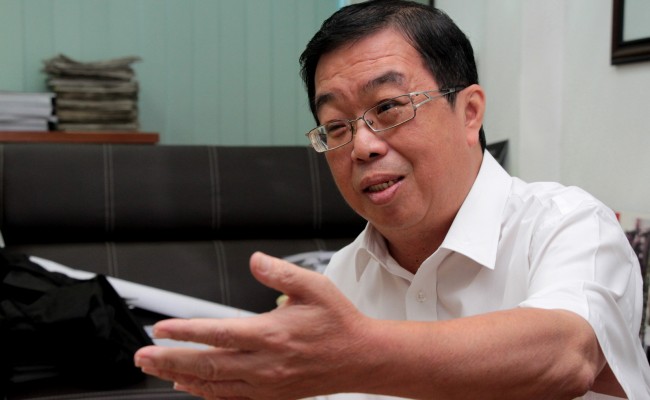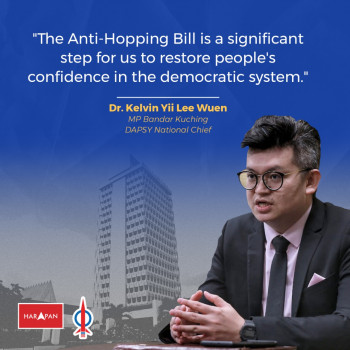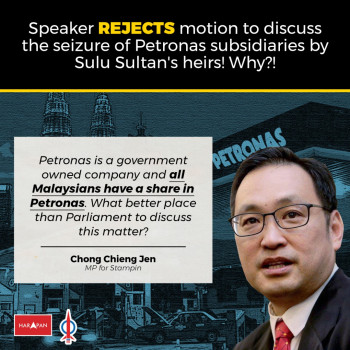By Cheras MP, Tan Kok Wai
 DAP Federal Territory noticed that the Federal Government and National Solid Waste Management Department has been promoting incinerators as the sole solution for Kuala Lumpur’s solid waste problem since last year.
DAP Federal Territory noticed that the Federal Government and National Solid Waste Management Department has been promoting incinerators as the sole solution for Kuala Lumpur’s solid waste problem since last year.
Particularly, the Minister of Urban Well being, Housing and Local Government Abdul Rahman Dahlan said yesterday that the government has to try incineration technology because people produce waste faster than disposal rate and Malaysians don’t want to separate garbage at the source as well as recycle waste.
As far as DAP Federal Territory is concerned, this is the silliest remarks made by a minister who is in charge of waste management. So, the DAP Federal Territory has decided to oppose the incinerator project based on rational reasons.
The segregation of waste at its source is the mother of all kinds of waste management. Foreign experience has proven that any waste management will fail if segregation of waste is not implemented.
As a matter of fact, the thermal treatment technology (incinerator in layman terminology) is far more expensive than other methods.
Other countries have shown that the building cost for a typical 1,000 ton capacity incinerator ranges from RM 800 million to more than RM 1 billion.
In the Broga Incinerator Project, the building cost was estimated to be as high as RM 1.5 billion with 1,500 ton capacity per day . In addition, the life cycle for an incinerator ranges from 15 to 20 years.
Compared to the current waste management method, which is land filling solid wastes in Bukit Tagar Sanitary Landfill Plant, the incinerator option is definitely more expensive.
The average per ton per day cost of incineration is estimated to be RM 150 – RM 200 compared to RM 40 – RM 50 under the landfill method. Furthermore, the life cycle of Bukit Tagar Sanitary Landfill can operate up until 60 years depending on how much waste is produced by Kuala Lumpurian residents.
Besides, there is no single incinerator operator in the world which dares to claim that they can achieve zero emission of dioxin.
It is well known that dioxin is a cancer-causing agent and it will be formed during combustion process under 800 Degrees Celcius. The 2012 Auditor General Report even states that the four small-scale incinerators in Langkawi, Cameron Highlands, Pangkor and Tioman were not functioning well due to the problem of incompatible technology.
The report states that the Pangkor incinerator combustion temperature was at 650 Celcius degrees; much lower than the required 800 Celsius degree in the actual run on 12 July 2012. Reasons given by the housing ministry on 4 March 2013 was as following:
“Perkara ini berlaku kerana kakitangan loji masih belum cekap mengendalikan operasi loji insinerator. Sekiranya kerja-kerja pengasingan sisa pepejal dibuat dengan lebih cekap dan prinsip-prinsip pembakaran difahami, maka suhu boleh dikekalkan pada tahap yang lebih tinggi.”
This shows that how important segregation of waste is. The same mistake is very likely to be repeated in the Taman Beringin incinerator, but at a much larger and more expensive scale. If the incinerator operator and government cannot give 100% dioxin-free guarantee to the public, no party should ever be allowed to risk the health of the people by exposing them to unknown dioxin emission levels.
Having studied the adverse effects generated by incinerators in other countries, DAP Federal Territory urges the federal government to look into other non-thermal solid waste treatment methods such as the Zero Waste Management concept for the sake of people’s interest.
The DAP Federal Territory is more than willing to share our study about Zero Waste Management with the ministry.



